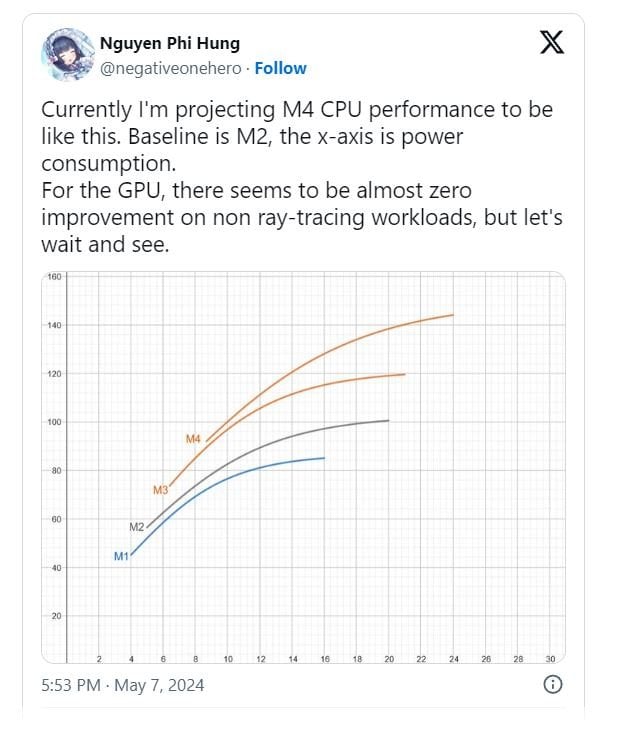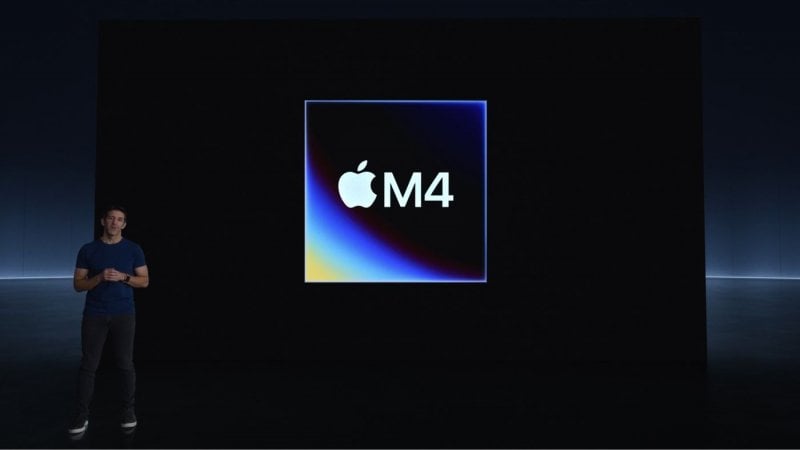Claims following the presentation suggest that the M4’s GPU may not offer any performance improvements over the M3.
The new iPad Pro models presented yesterday skipped a generation of processors, going from the M2 chip to the new one Apple Silicon M4debuting directly on Apple tablets.
This new chipset represents a significant advancement in performance and efficiency over its M3 predecessor, with notable improvements in the CPU, while rumors have emerged regarding the equality in performance of the GPU between the two SoCs.
On the one hand, this can be reassuring for current owners of Apple devices with M3 processors: the transition to M4 should not make them obsolete and their hardware remains a valid choice in the current technological landscape.
On the other hand, these rumors are now in the spotlight as we try to uncover the truth behind them.
With a noticeably shorter time frame than previous transitions between chipsets, one wonders what motivations drove Apple to make this strategic move.
Direct comparisons
Thanks to the increase in CPU cores, M4 promises significant improvements in computational performance compared to M3.
Both chips share the same 3 nanometer architecture and offer similar functionality, but the differences lie in energy efficiency and, consequently, thermal management.
In the official announcement, Apple glossed over the comparison with the direct predecessor, focusing instead on the differences with the M2.
The company claimed a 50% increase in CPU performance and highlighted improved support for advanced graphics features like shading and ray tracing.
However, more detailed analyses, such as those by @negativeonehero, suggest that, beyond applications that leverage the latter, the differences between M4 and M3 may be less obvious.
Reviewer Geekerwan further supported this position, claiming that the M4 features no graphical improvements over the M3.
Moved in a hurry
The idea that switching to the second-generation 3nm TSMC process could improve power efficiency suggests Apple’s possible interest inincrease battery life rather than focusing solely on brute force performance.
Until benchmarks and hard data are available, it is prudent to maintain a degree of skepticism towards these claims.
Finally, the speed with which Apple introduced the new iPad Pros with the M4 chip reflects Tim Cook’s pragmatisma clear vision of the company and a tendency towards concrete innovation.
With the new Apple chips, the company has hit every point on the list of desired improvements: more powerful devices, with greater battery life, thinner devices, with better thermal management and a significantly improved screen.
This new generation of iPad promises to conquer the market.
With the right professional software and the expected evolution of iPadOS, the next step is to further consolidate the strong identity that iPads have built over time.
#Apple #hide #common #meets #eye



